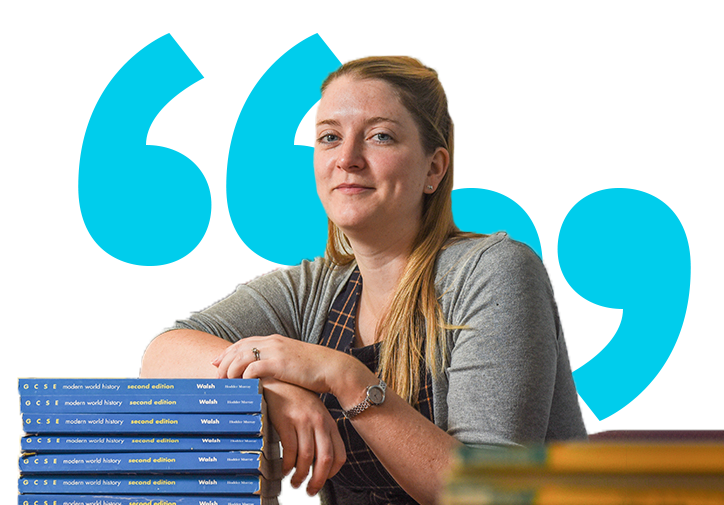"I chose teaching because I really enjoyed working with people and wanted to make a difference to young people’s lives."Kate Riddell – History Teacher at Hawick High School

The opportunities in schools in rural areas
Teaching in a rural school provides a great opportunity for teachers to gain valuable experience. Those who are new to the profession might find that this environment allows them to take on greater responsibility, and get involved in a close-knit and thriving local community.
And it’s not just the teaching opportunities that are attractive. Many rural schools are in some of Scotland’s most beautiful locations.
The need for teachers in rural schools
The Scottish Government has launched a drive to encourage more teachers to work in rural areas. It’s a much needed initiative, given the staffing needs of these schools.
To help solve the problem of staff shortages, probationer teachers in Scotland could find themselves in rural schools. And that’s an outcome that could work really well for everyone involved. The pupils get a great teacher, and the teacher gets to experience a different environment, and gains a fresh perspective on the needs of young people in a rural community.
So, where are the hot spots for staff shortages?
Target areas for staff shortages, particularly in secondary subjects, cover a vast sweep of Scotland beyond the Central Belt.
The area includes Aberdeen, Aberdeenshire, Argyll and Bute, the Western Isles, Highland, Moray, Orkney and Shetland. These local authorities have a combined total of 434 rural schools. For the statisticians out there, this adds up to 74% of all schools in the Northern Alliance area. Looking at the bigger picture, 51% of Scotland’s rural schools are in the Northern Alliance area.
Food for thought
In rural communities, there is often tremendous scope for teachers to bring new and exciting elements into their lessons that are relevant to the lives of their pupils and the local area.
One school in Kingussie has found a novel way to help students gain rural skills, and learn about local crop rotation and the resources of the Cairngorms National Park. Pupils are growing vegetables and herbs in the school’s polytunnel, raising livestock and keeping bees. They’re even learning construction skills through restoring a disused building in the school grounds. You can imagine it’s not just the pupils who are getting a lot out of this approach to learning!
As you might expect, when teaching staff experience life in a small, rural school – they like it, and often want to stay.
So there’s a good chance that teachers who make the move will become ‘permanent residents’. And that helps boost the community in the longer term, and for the better.
Making the move to a rural school can be so rewarding
The preference-waiver payment for probationer teachers helps fill staffing gaps in rural schools. The payment gives teachers some financial incentives in return for being open to where they’re posted for their probation year.
Where a teacher is employed in a Remote School on a Distant Island both the Remote Schools Allowance and the Distant Islands Allowance are paid, in addition to the teacher’s normal salary.

